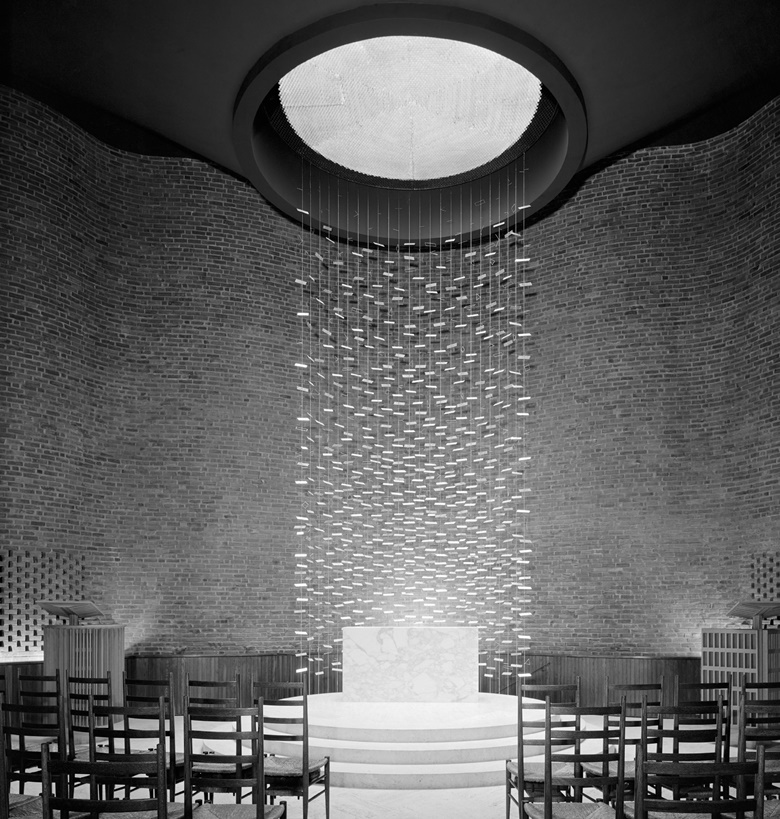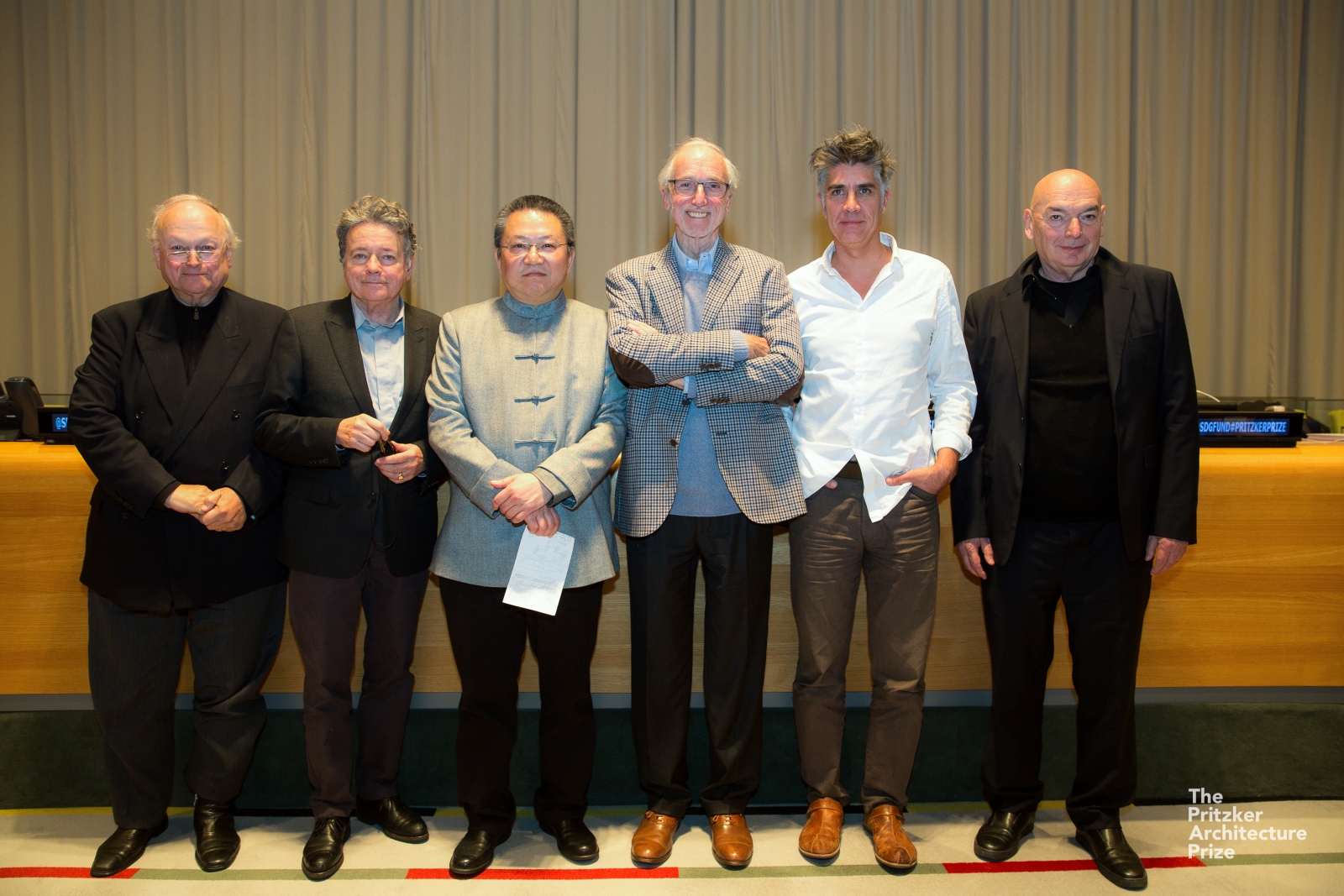How CMOM Can Bring Your Inner Child Out, Too.
When Wall Street Journalist, Ralph Gardner Jr., visited our exhibition design, he stated:
Presidential candidate, Hillary R. Clinton, decided to experience what Gardner was talking about herself. Clinton spoke to New Yorkers at the center of the chahar bagh – the square garden – following the custom of community leaders in past Muslim societies. Many people from the community, who all wanted to be 3 years old again, came to as well. They all learned about sharing, love, and respect.
Before having to leave, Clinton stopped by to write her wish on the "drops of hope" paper.
So, the only question we have for Hillary is: what was her wish for the wishing fountain?
A couple of days later, several of Clinton's childhood friends came to learn about sharing, love, and respect . New York City Council Speaker Melissa Mark-Viverito and Council Members Helen Rosenthal, Jimmy Van Bramer, and I. Daneek Miller, all stopped by to play at the Children’s Museum’s America to Zanzibar: Muslim Cultures Near and Far exhibit today. They even learned the importance of cooperation and team. They set off to make a song together with tanbour, tabla, and sitar. Rumor has it that they might even start a new band soon. Wonder if we will get to hear their new album?
As Huffington Post Islamic Studies Scholar Rose Deighton wrote:
“Today more than ever, it is of immense importance that we begin to appreciate the complexity and great differences that exist within Muslim societies. [This exhibit] … is a timely contribution to our collective experience of the Islamic world and an important reminder of the diversity here at home among American Muslims.”
More on the MIIM Designs CMOM Exhibit










